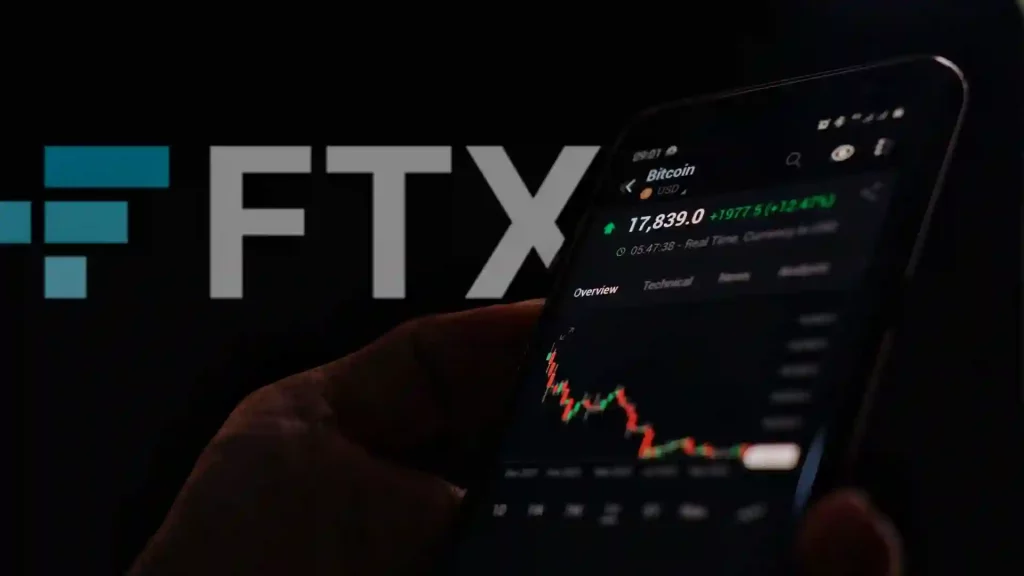Documents brought into light one of the ginormous objective of FTX- to quickly craft a congenial framework for itself by purchasing stakes of companies holding licenses from authorities which acts as a shortcut to speeding the approval system, which otherwise tends to be very protracted.
As bankruptcy hit the 30-year-old ‘golden boy’ Sam Bankman-Fried’s FTX last week, a series of camouflaged documents of the company have been unveiled, creating what may be history’s biggest crypto scam. FTX has propagated itself as the “most regulated’ cryptocurrency exchange amidst the highly unsupervised crypto industry of the world, thereby sidelining other major rivals. The exchange empire had tumbled down following a fruitless bid to raise emergency funds. It had also transferred client funds to another of Bankman-Fried’s trading firms Alameda Research.
A deep dive by the news agency Reuters has exposed the carefully framed strategies behind Bankman-Fried’s mastermind plan as subtly recorded in company documents. A deal with IEX Group, the stock trading platform of the U.S., announced earlier this year, had some previously unreported terms. A document dated June 7 revealed that under the deal, Sam had purchased 10% stocks of IEX, with an option to buy it out over the succeeding two and half years.
This agreement gave the FTX CEO the convenience to lobby the U.S. Securities and Exchange Commission, the regulator of IEX, on regulation pertaining to crypto. The documents also referenced other deals and included business updates, minutes of meetings, and strategy papers. It brought into light one of the ginormous objective of FTX- to quickly craft a congenial framework for itself by purchasing stakes of companies holding licenses from authorities which acts as a shortcut to speeding the approval system, which otherwise tends to be very protracted.
Acquisitions for regulatory purposes had cost FTX $2 billion; some licenses became a key competitive advantage, giving them access to commodity derivatives markets as a regulated exchange. The regulatory position helped the exchange bag big investors pouring in millions of dollars and explore lucrative new markets and partnerships otherwise inaccessible by unregulated exchanges. The regulatory status of FTX still needs to be addressed by Bankman-Fried over the years.
FTX had picked up a load of licenses through multiple acquisitions, which are playing no role in cushioning the blow faced by its customers and investors now, whose losses total billions of dollars. FTX has been revealed to take risks against the customer funds behind closed doors, with a $10 billion deposit. All of this occurred without anyone batting an eye over the overflowing regulatory gap in the crypto industry.
Sam’s lovechild FTX had grown to more than $1 billion in revenues this year, accounting for about 10% of trading in crypto markets globally. His plan to build a financial app that would help users to trade stocks and tokens in addition to transferring money was revealed in a document called “FTX Roadmap 2022.”
The first step in this roadmap was to “become as licensed as reasonably possible,” a requirement to expand the product offering. This is where the acquisition spree set in. They chose the easy road to avoid processing time; however, this strategy had its limitation as some companies they acquired didn’t have the exactly needed license.
FTX and SEC Chairman in March had a meeting to inform the SEC in advance about their deal with IFX and to discuss the possibility of IEX creating a trading venue in digital assets like bitcoin where FTX would provide the crypto-trading infrastructure. SEC officials had outright rejected the plan as it involved the creation of a lightly regulated non-exchange trading venue.
Some authorities in certain countries like South Africa had published a warning to customers that FTX and other crypto exchanges were not authorised to operate there, on which FTX acted by entering into a commercial agreement with a local exchange of South Africa to continue providing services, reinstating itself as regularized.
IEX has cut ties with FTX, and companies are trying to distance themselves from the fallen exchange following the fraudulent revelations setting in since last week. FTX’s bankruptcy doesn’t impact IEX’s business, and it is evaluating legal options as of reports. Bankman-Fried had resigned from his post at the dawn of bankruptcy and is to face criminal charges on the grounds of misuse of customer funds and attaining an illegal regulatory license by the end of the year.
